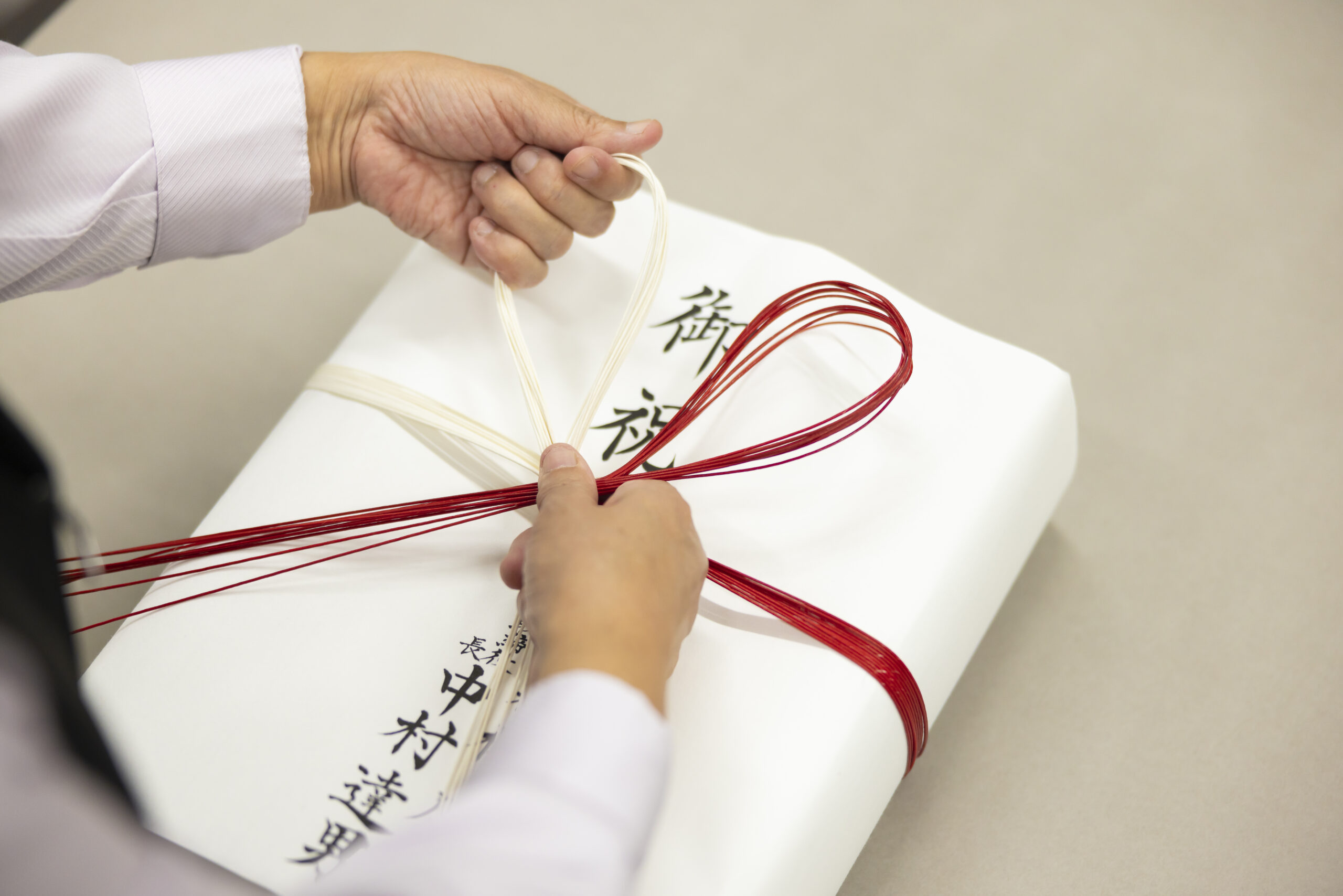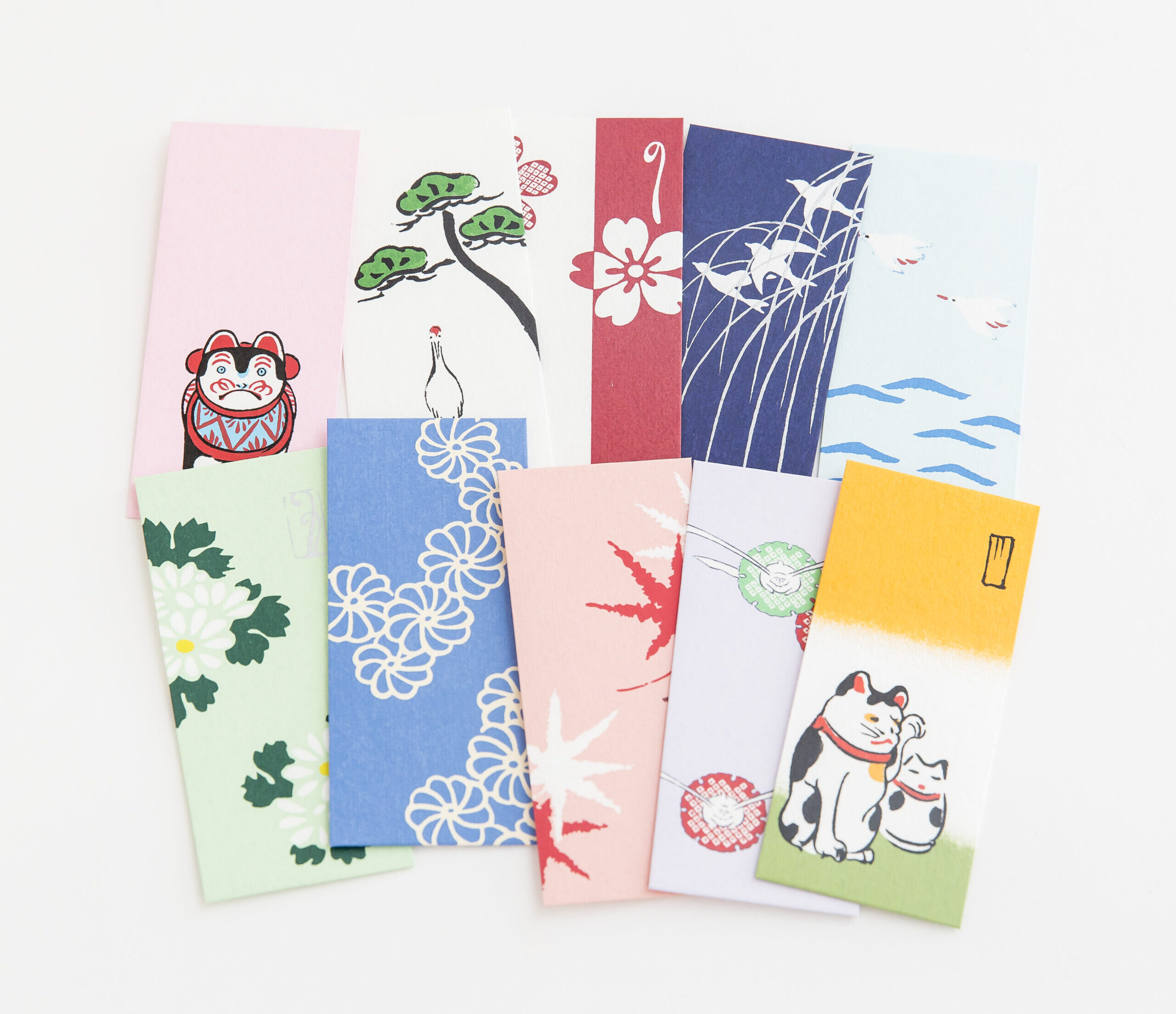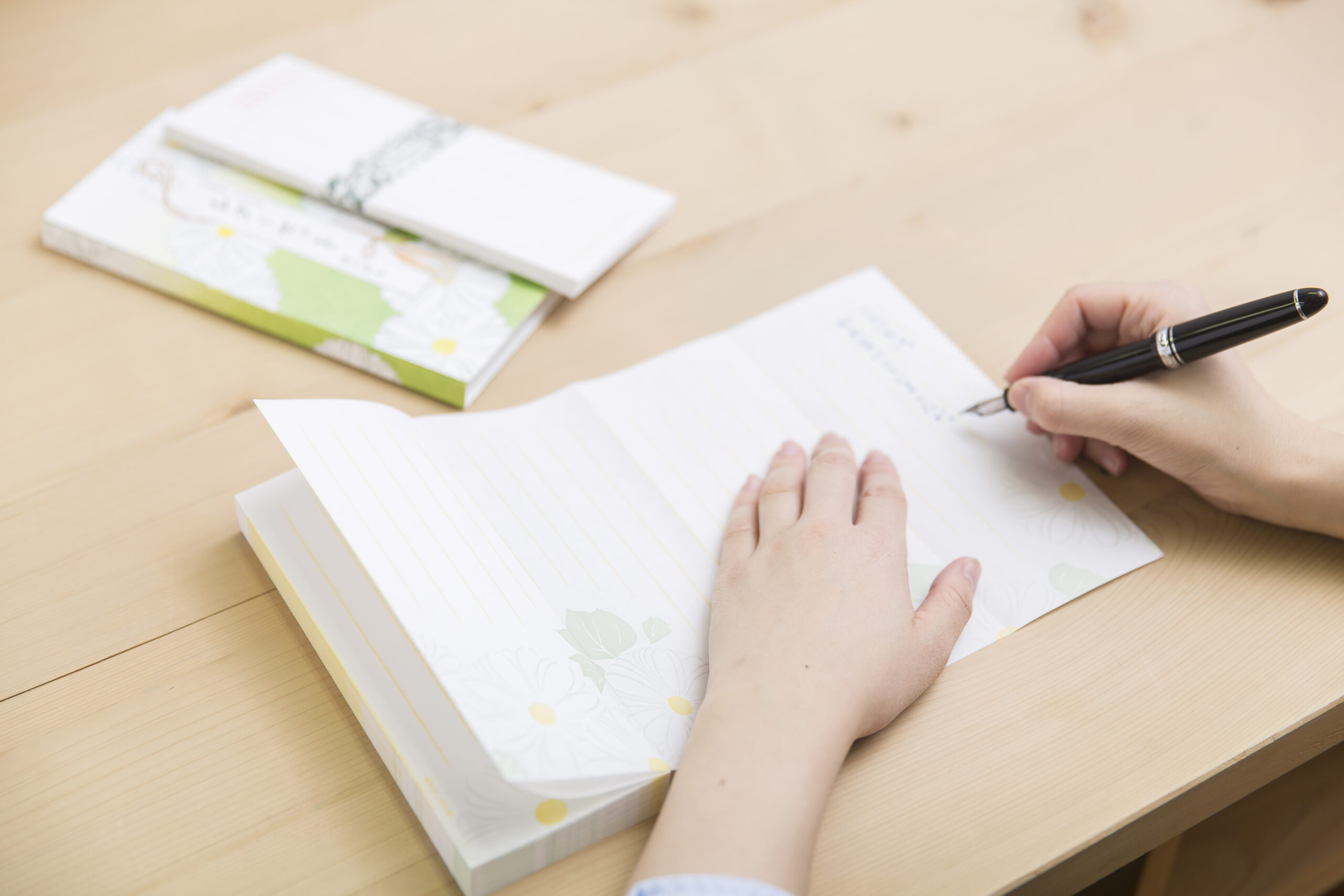Table of Contents
- Guided by the view of tightly tied Mizuhiki in Haibara’s storefront…..
- The history of Mizuhiki dates back to Ono-no-Imoko of the Asuka Period
- Meanings associated with the five colors and the manner of color-coding
- The square knot meaning – “just this once” – , the bowknot meaning – “can be re-knotted many times” –
- Why it’s a must to trust Haibara for your Kinpu.
Guided by the view of tightly tied Mizuhiki in Haibara’s storefront…..
What a beautiful and gentle movement.
When I first visited Haibara’s store, something instantly stole my heart. —It was a workman in the storefront decorating Kinpu envelopes by tying them with Mizuhiki.
In a dignified and tranquil space, you can never get tired of watching the making of Mizuhiki, which are dyed in red, white, and gold, being done with great dexterity in a light rhythm.
The custom of wrapping gifts in Japanese paper and tying them with Mizuhiki is an ancient and beautiful Japanese cultural tradition.
Haibara offers various types of Kinpu made of Japanese paper. One such type is Hoshogami, a thick, smooth, white paper made from the fiber of high-quality mulberry trees, or kouzo. Danshi, another type is made from mayumi fibers which convey care and respect to the recipient at important occasions such as celebrations and Buddhist memorial services.
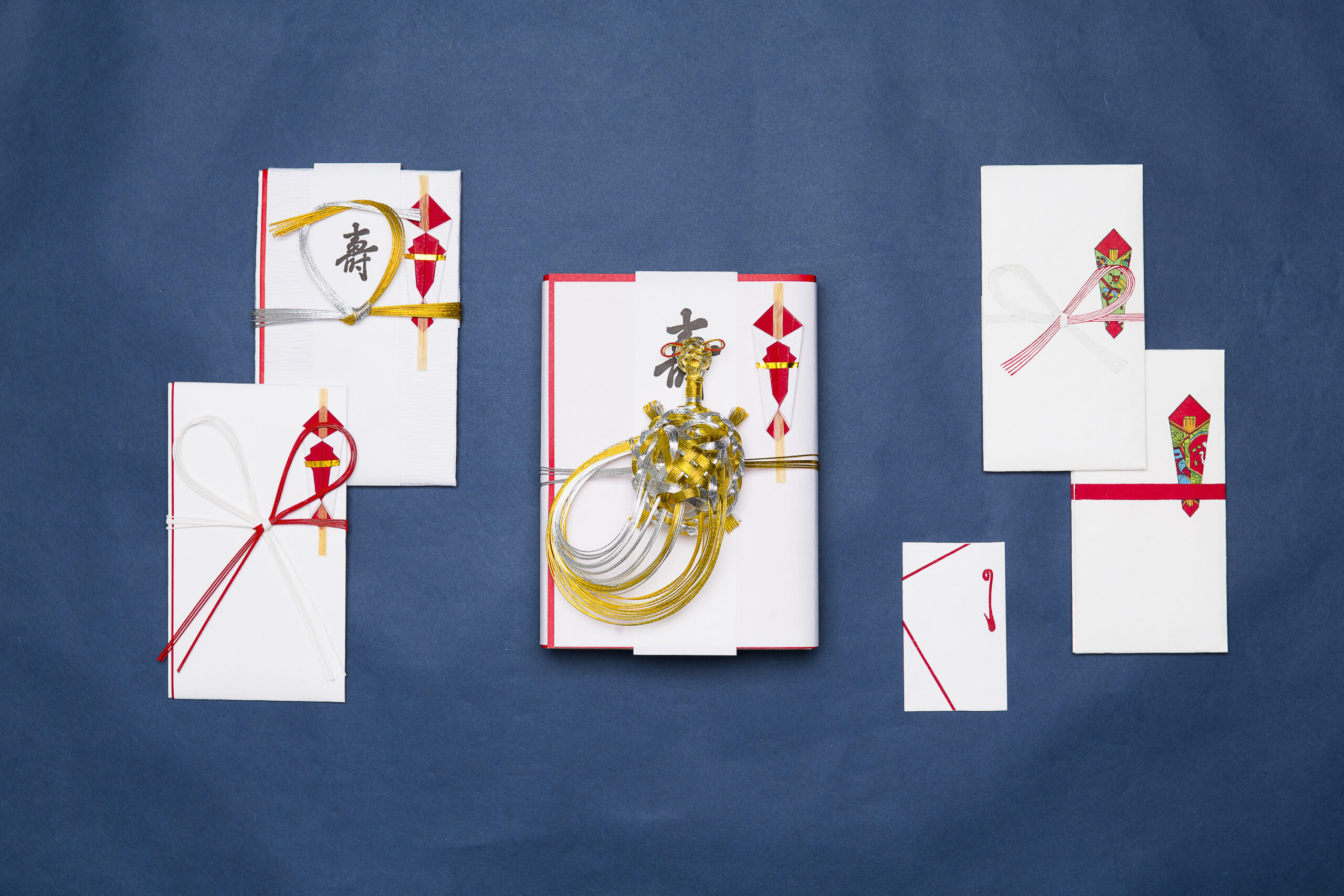
The history of Mizuhiki dates back to Ono-no-Imoko of the Asuka Period
Looking back over my own life, there were always various types of Kinpu and Mizuhiki for celebratory and Buddhist occasions. Sometimes I would prepare the gift as a “giver” and sometimes I would receive it as a “recipient”. Kinpu and Mizuhiki, so to speak, are tools for sharing warm feelings with loved ones. It is something that touches our lives as a matter of course, but what is its origin and meaning? Here, we would like to explore Mizuhiki more deeply.
Surprisingly, history shows us that Mizuhiki can be traced back to Ono-no-Imoko, a Japanese politician and envoy to the Chinese Sui Dynasty in the late 6th and early 7th century, during the Asuka Period. It is said that when Ono-no-Imoko returned to Japan, he found red and white linen cords tied around a gift from Sui. This was the beginning of the convention of tying red and white cords around gifts in Japan.
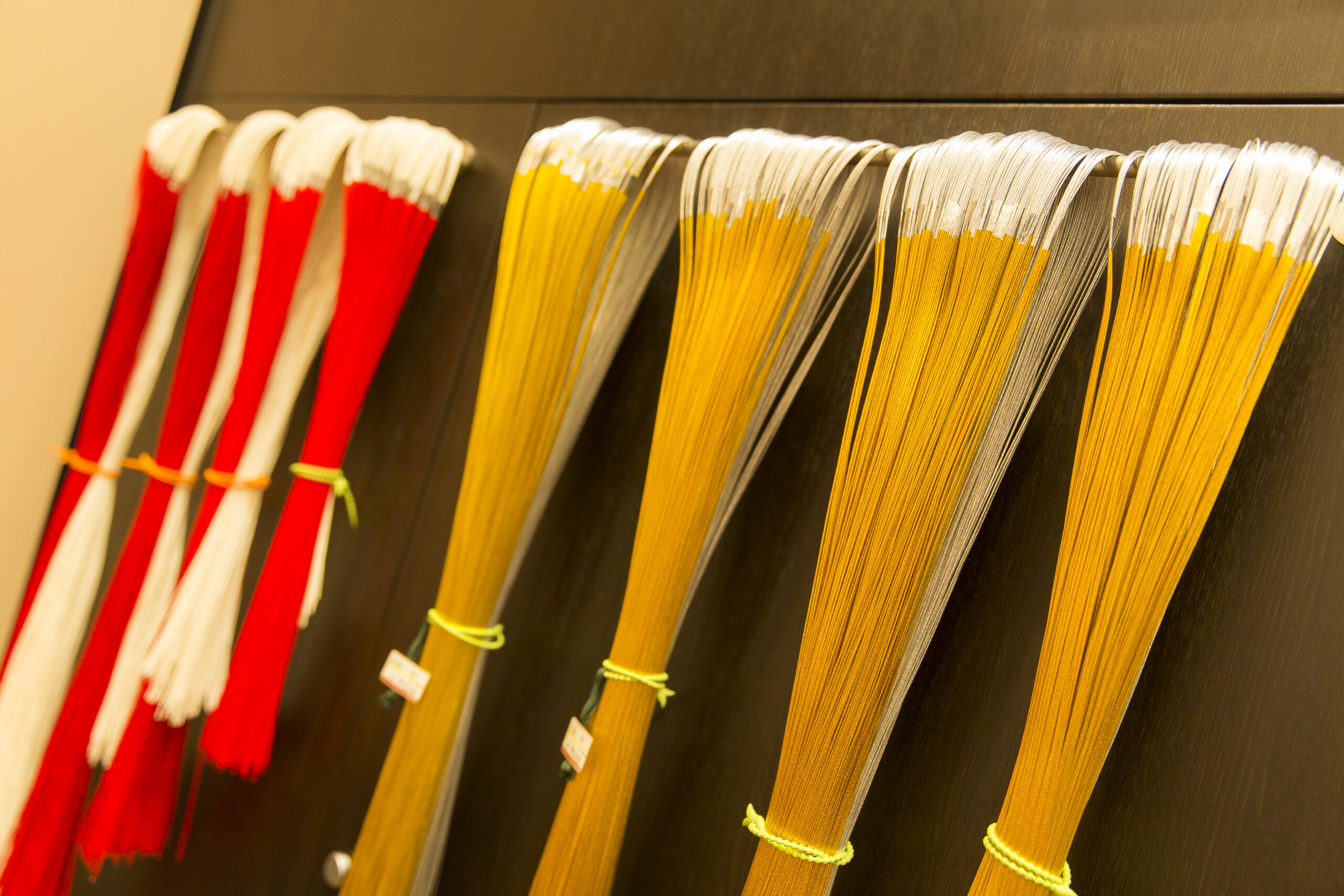
Meanings associated with the five colors and the manner of color-coding
The colors used for Mizuhiki are white, red, black, gold, and silver. All of these colors have important meanings in Japanese wrapping etiquette.
White:Symbolizes light or the sun. It has long been considered the noblest of all colors.
Red:The color of the rising sun and joy. It also has the meaning of human blood and is said to symbolize vitality.
Black:The color of darkness before the dawn. It signifies the anticipation of hope as a sign of the coming light.
Gold and Silver:They have been considered and cherished as a symbol of wealth.
The basic color manners are: “white and red” used for celebrations, showing gratitude, and seasonal greetings, and both “gold and silver” and “red and gold” used for weddings and other joyous festivities. On the other hand, “black and white” and just “silver” are used for a series of events related to mourning.
The square knot meaning – “just this once” – , the bowknot meaning – “can be re-knotted many times” –
A Haibara employee told an interesting story.
“Mizuhiki is said to have several meanings. For example, Mizuhiki has the meaning of a seal that says, ‘The package has not yet been opened’. It also has the meaning of a spell to pray for the fulfillment of wishes and thoughts. Furthermore, it has the meaning of bringing people’s hearts and relationships together,” he says.
At Haibara, there are two ways of tying Kinpu: “Musubikiri” and “Yuihodoke”, depending on the purpose of the Kinpu.
“Musubikiri” is a firm knot that can never be untied. It is used for wedding gifts, sympathy visits, Buddhist rites, and other occasions that must not be repeated, meaning “once and for all”.
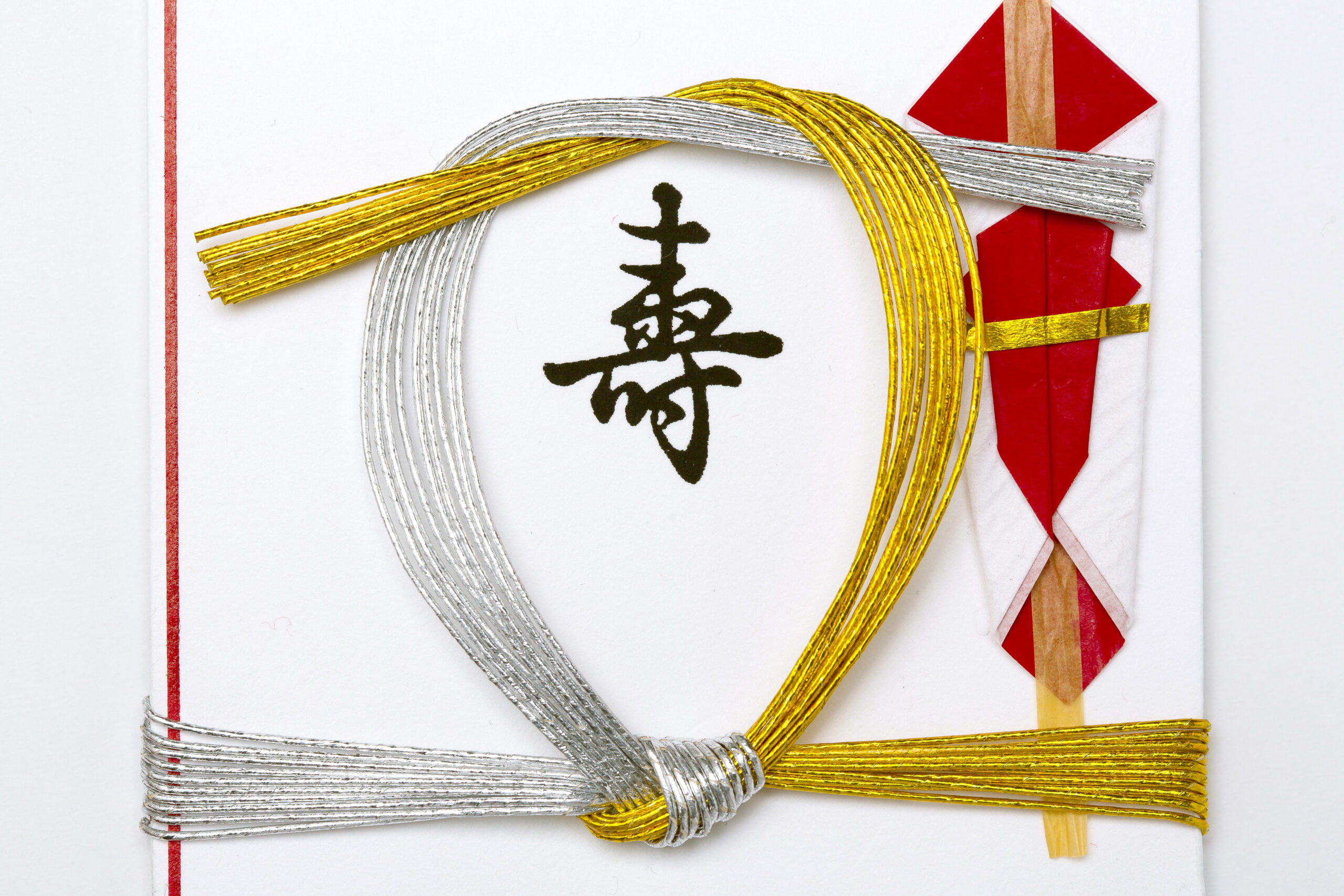
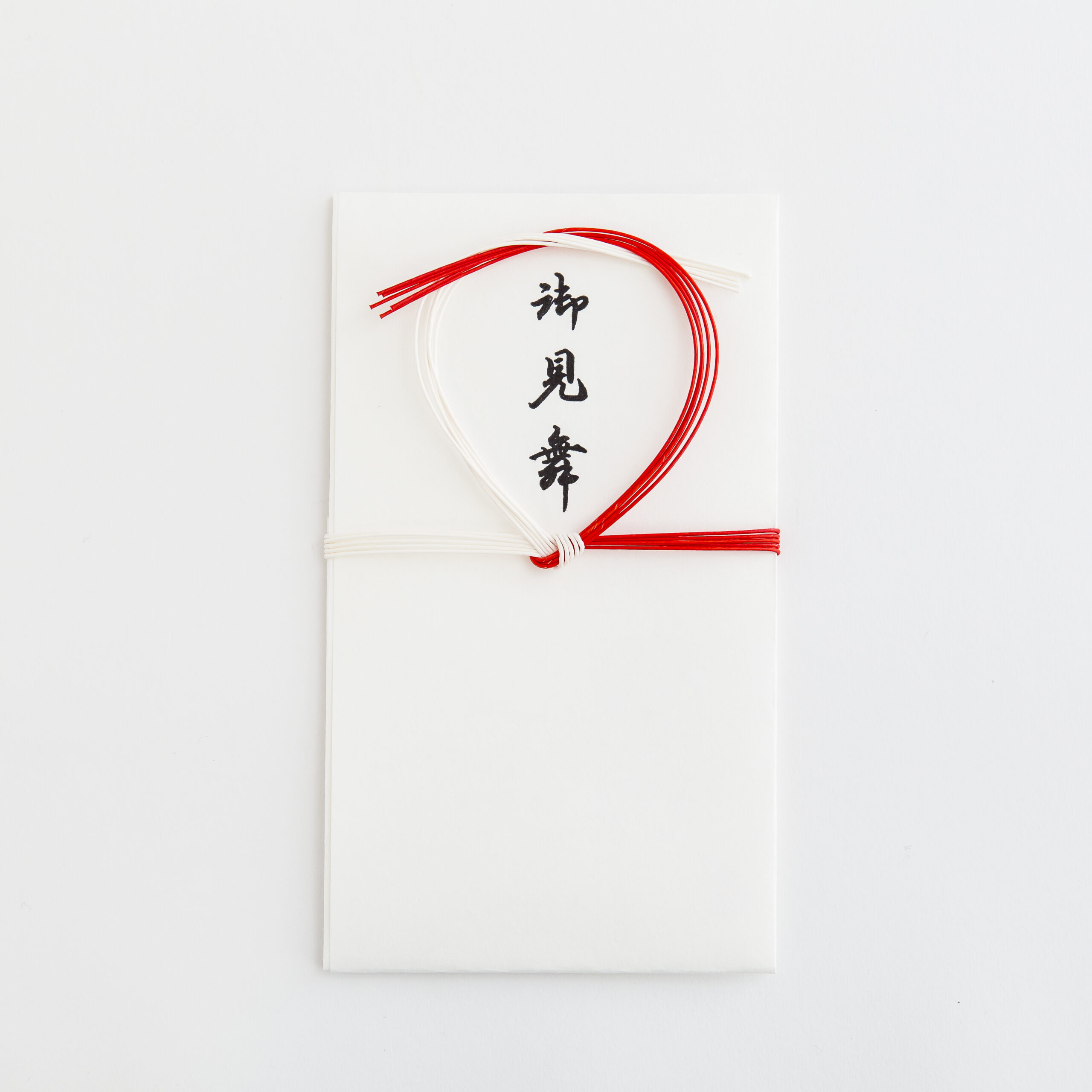
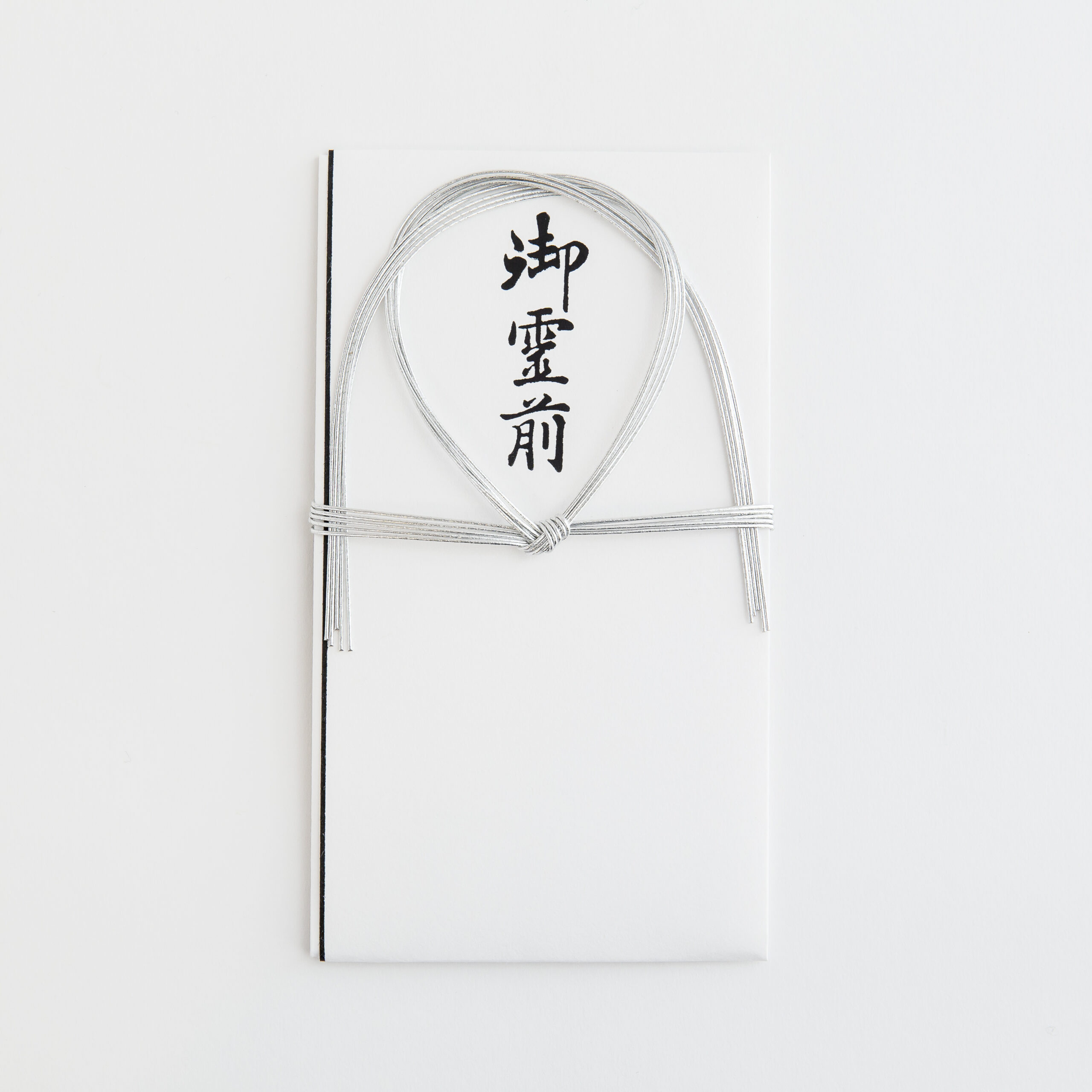
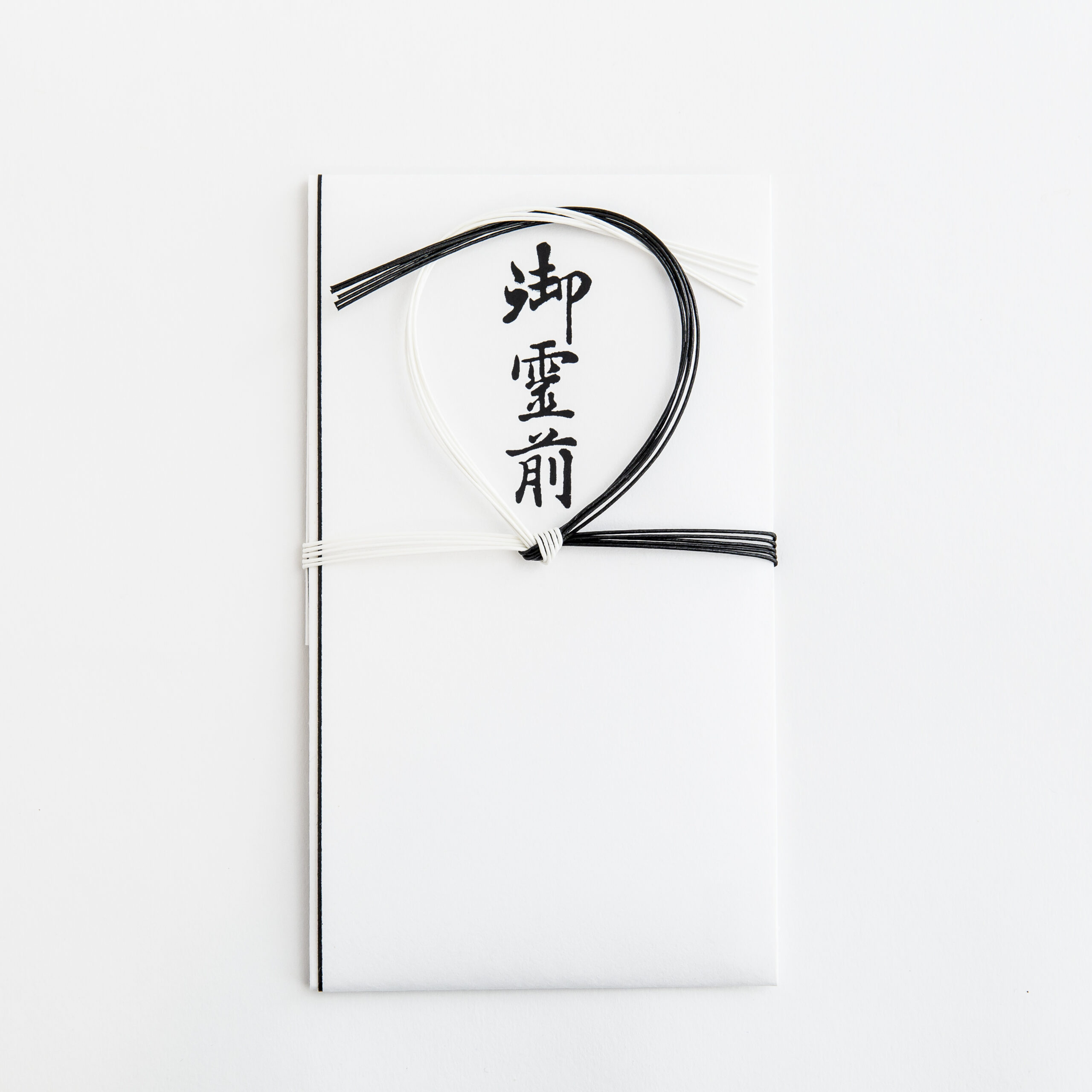
On the other hand, “Yuihodoke” also known as “Hanamusubi” is a “bowknot” that can be untied and reknotted many times. This knot is used for births, school admissions, promotions, and other celebratory occasions that are celebrated many times over, as well as for general gift-giving (except for marriages).
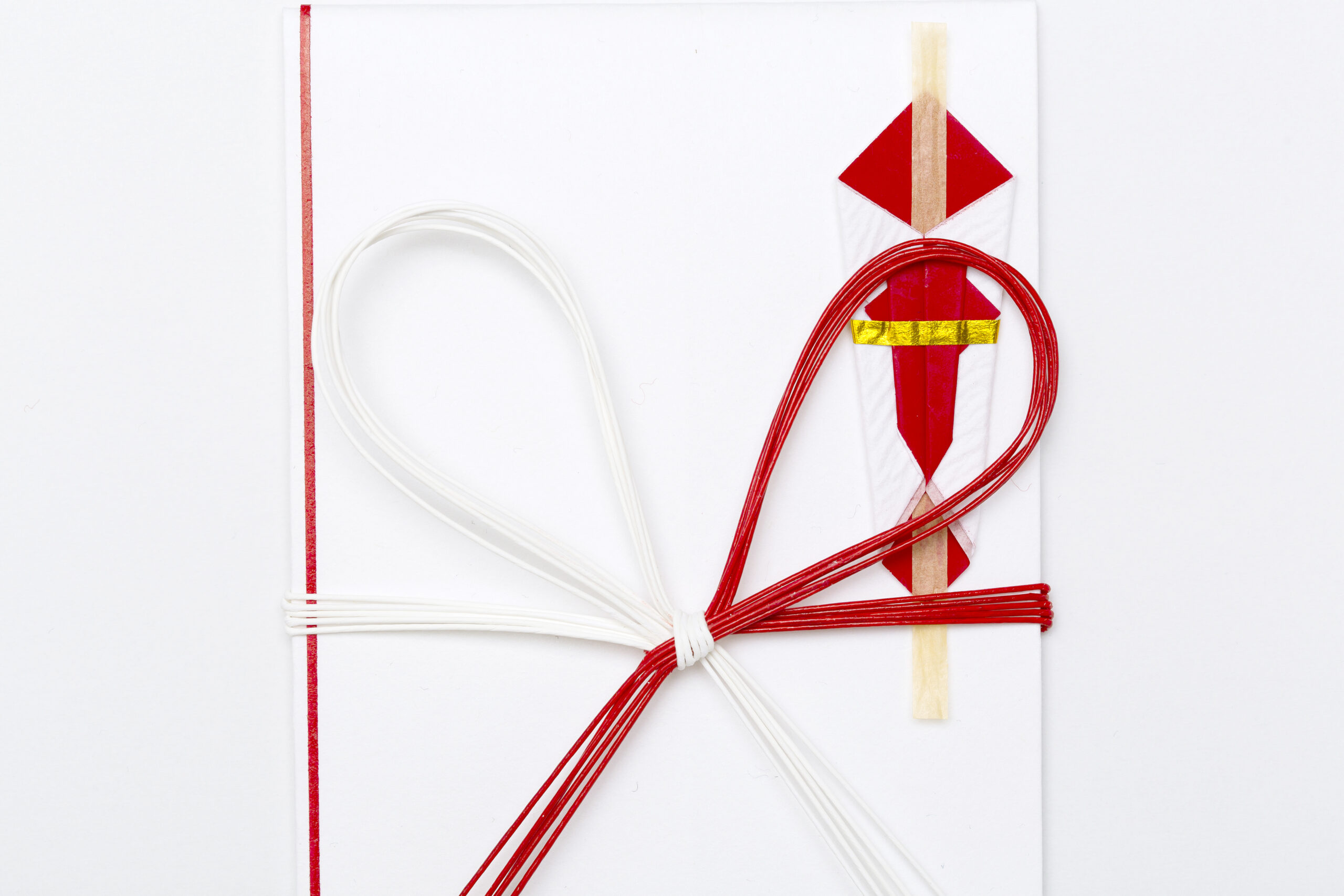
Why it’s a must to trust Haibara for your Kinpu.
I asked the following questions to an employee who was skillfully tying Mizuhiki with her fingertips, “How long did it take you to learn how to tie Mizuhiki knots? and is it difficult for a clumsy person like me?”
“When I first joined Haibara, my seniors taught me how to tie Mizuhiki, and I continued to practice tying them every day. I am not a very dexterous person, so it took me about three months before I was able to put products on the store shelves,” said the smiling employee as she neatly tied a Mizuhiki.
I asked for pointers on how to tie Mizuhiki.
“There is a way to tying Mizuhiki. If you try too hard to make a beautiful knot, the Mizuhiki will gradually become rough and loose. The key is to finish the tie in a short period of time. Normally, all Mizuhiki should be tied in the same way, but since this is a manual process, it is impossible to do so. I always keep in mind to finish the work as beautifully as possible,” the employee explained.
I was deeply moved to hear why so many companies and individual customers trust Haibara’s Kinpu so much.
With Kinpu and Mizuhiki, we sincerely observe various scenarios in life, deliver feelings beyond words, and gently connect people to each other.
This approach appears in the words of Haibara’s staff and in each piece of their handiwork.















 Instagram
Instagram facebook
facebook X(旧Twitter)
X(旧Twitter) Youtube
Youtube note
note